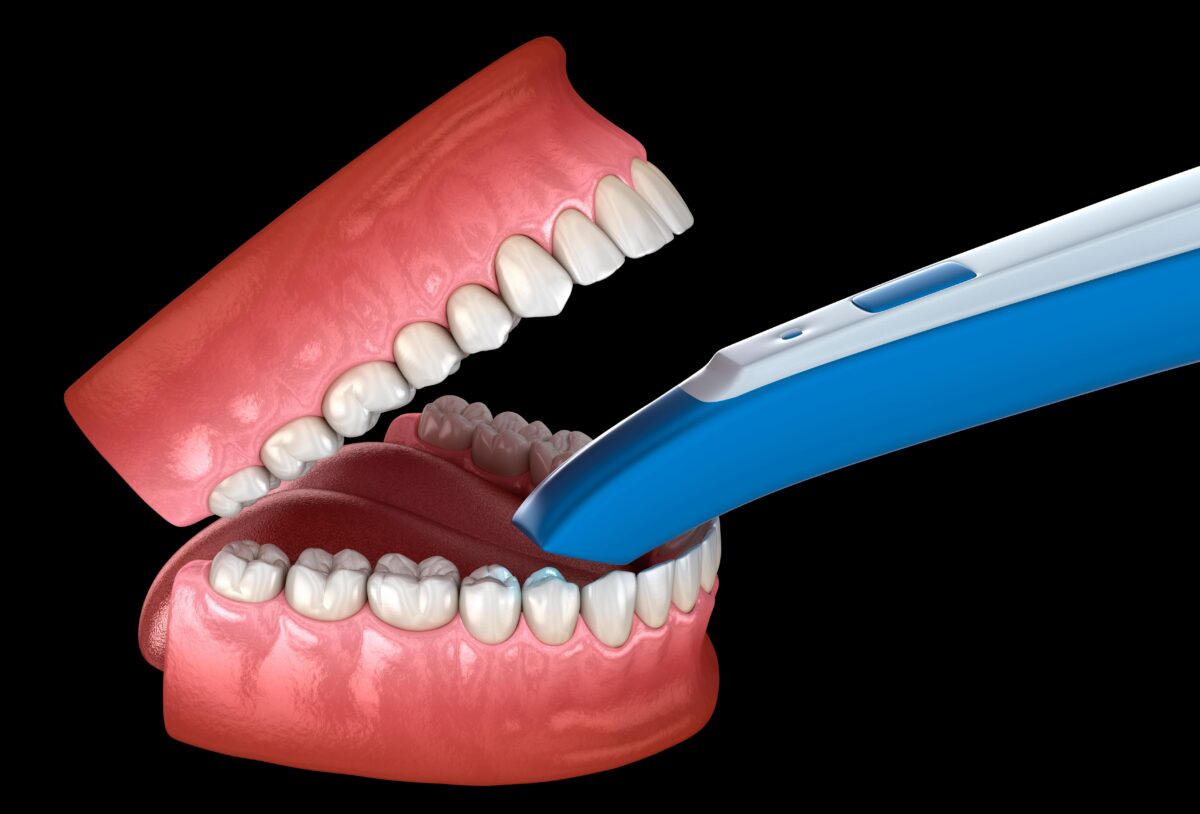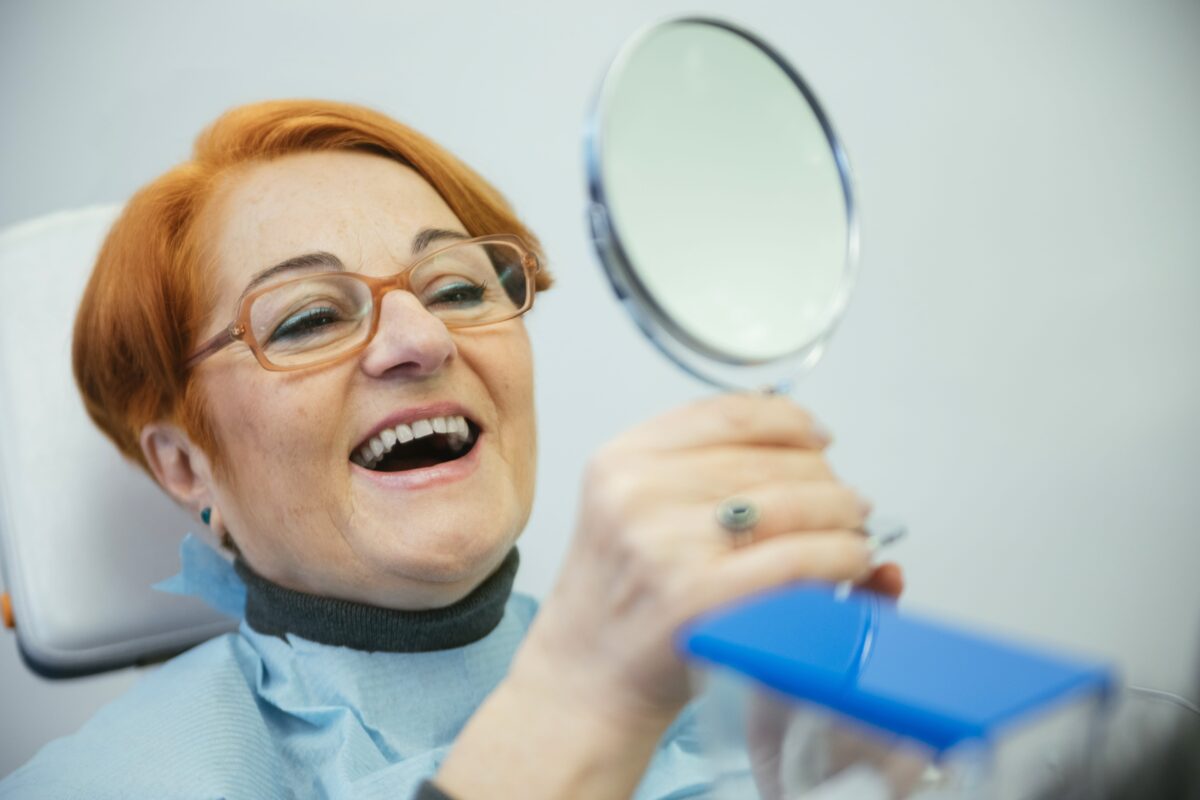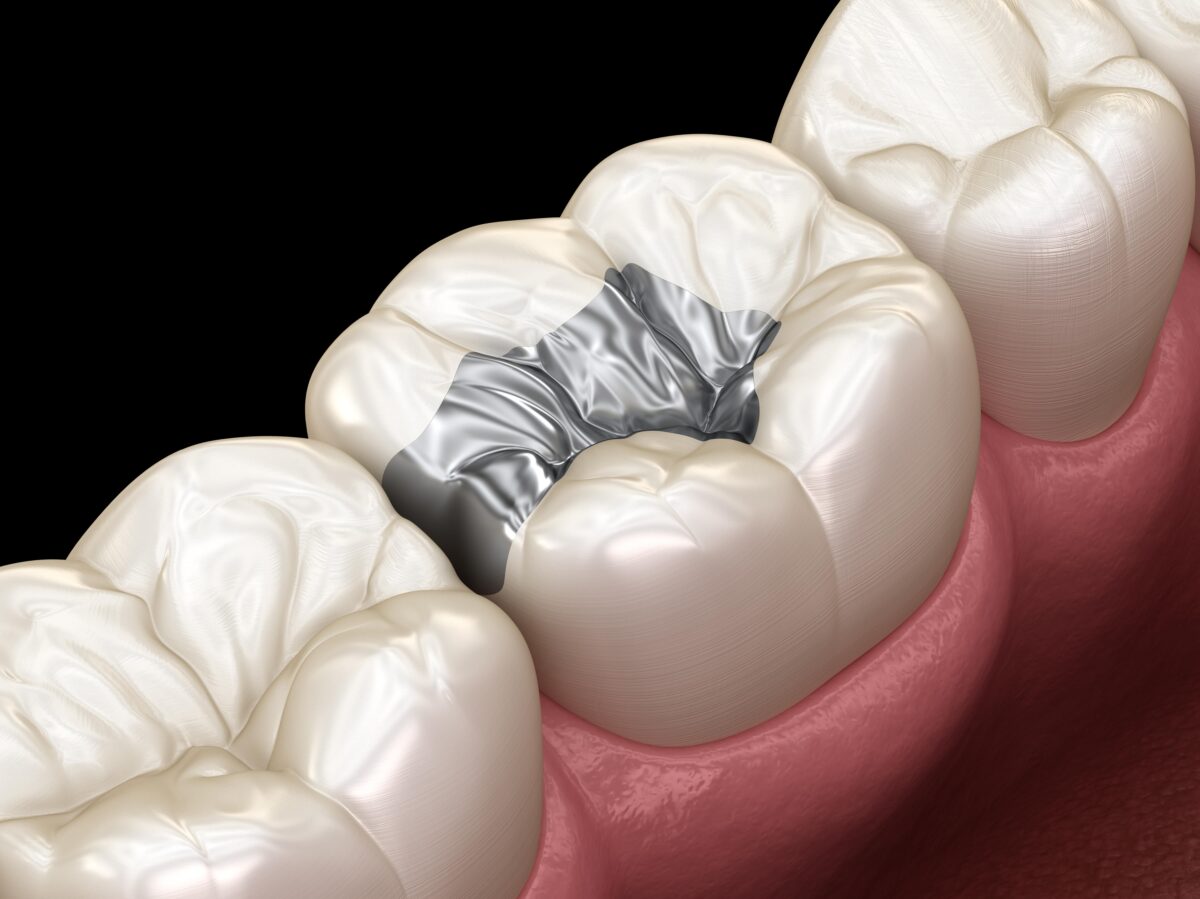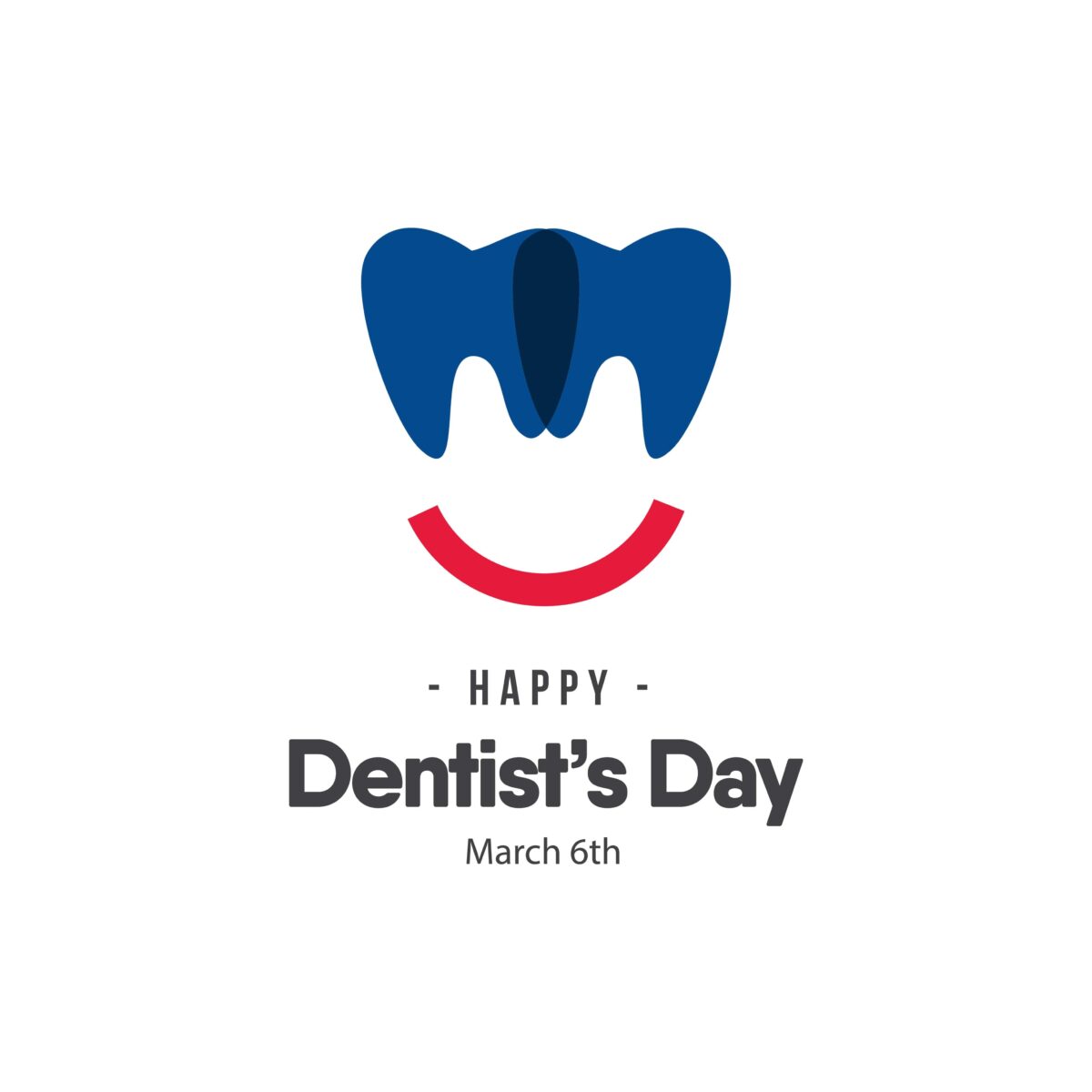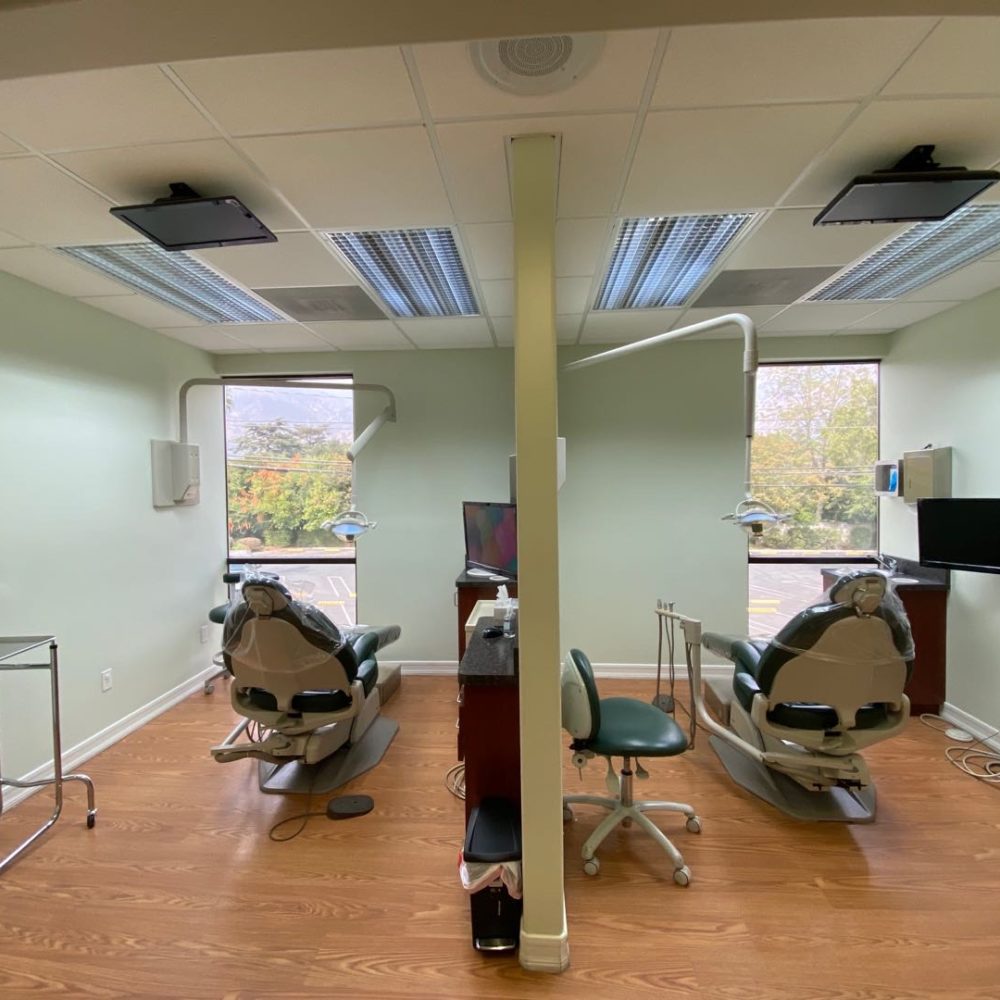Have you been putting off necessary dental treatment because you fear going to the dentist? Are you looking to get dentures or dental implants, but are afraid of the process? Do you just wish there was a way to relax while receiving dental treatment? If you find yourself answering “yes” to any of these questions, you are not alone.
Many people suffer from dental anxiety and about 9-20% of Americans have dental anxiety so severe that it prevents them from visiting the dentist. Whether you only have minor dental anxiety or severe anxiety, there are ways that your dentist can help you relax during your procedure. Here are four ways:
Dental Anesthetics
One of the most prevalent fears when it comes to visiting the dentist is pain. This fear is amplified when you are already in pain and the thought of someone touching your tooth makes you shudder. In some cases, you may have also heard stories of people who have had bad experiences. However, dental technology has come a long way in a short period of time. Nowadays, your dentist offers dental anesthetics to completely numb the treatment area so that you will feel nothing but pressure during the procedure.
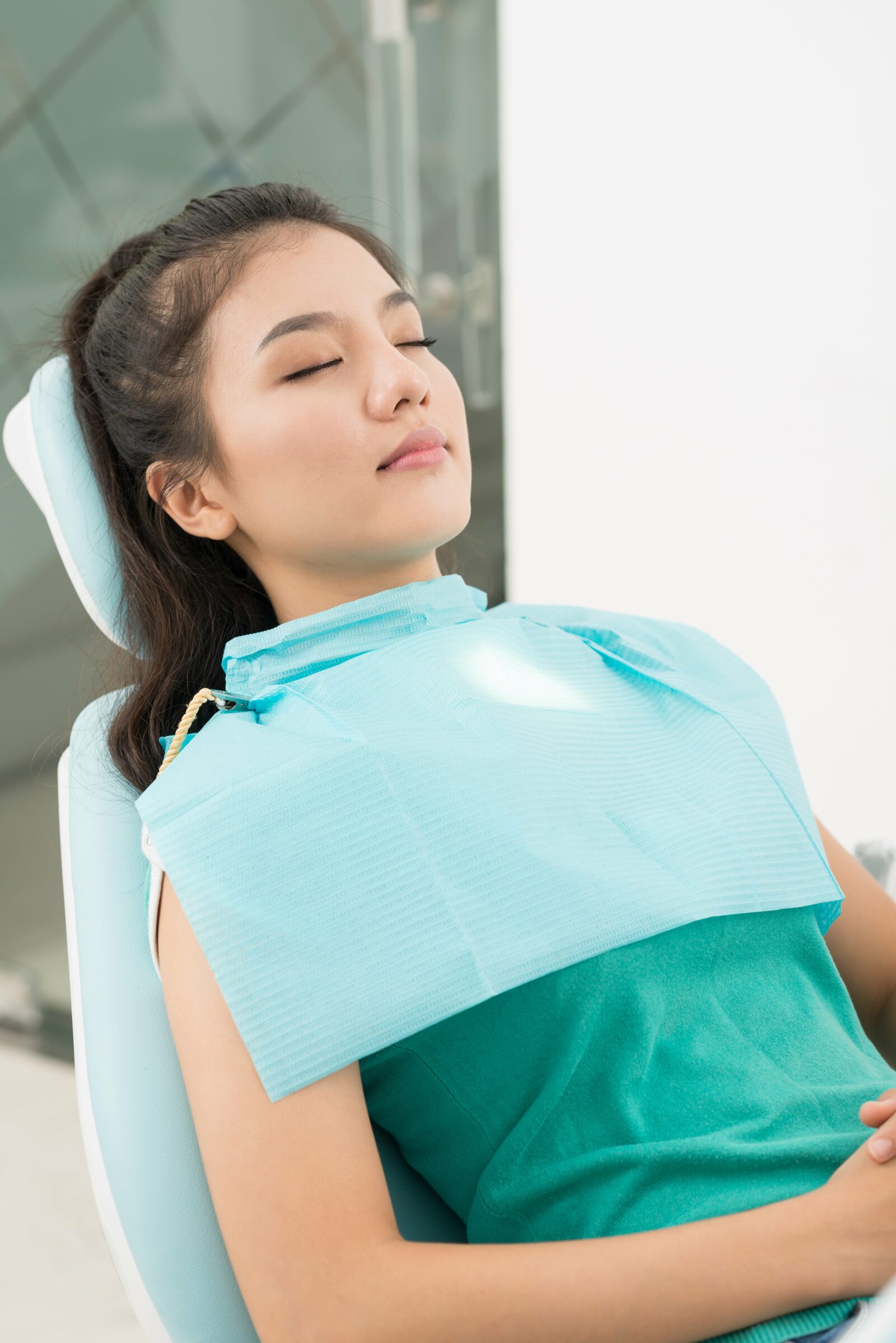
Nitrous Oxide
Besides pain, people can experience a general feeling of anxiety brought on by the sights, sounds, and smells of a dental office. In these cases, dental sedation is an ideal option to ease anxiety and promote relaxation. Nitrous oxide is the mildest form of sedation that helps to establish feelings of calm. It can also cause feelings of euphoria, which is why it is commonly known as laughing gas. Nitrous oxide is inhaled through a small mask that fits over the nose and is effective as long as the gas is being inhaled. Once the mask is removed, the effects of nitrous oxide will fade within a few minutes, meaning that you can drive yourself home after the procedure and will have no lasting effects of sedation.
Oral Sedation
For those who may require a deeper level of sedation, oral sedation can be beneficial. When using oral sedation, your dentist will have you take a sleeping pill the morning of your procedure and possibly the night before. Depending on the dosage, oral sedation provides a moderate level of sedation that can cause you to be sleepy or to fall into a light sleep. However, you will still be able to be easily awoken and will be mostly responsive. Due to the fact that oral sedation is a deeper level of sedation, it has lingering effects after the procedure. This means that you will need to have someone drive you to and from the appointment and may experience drowsiness throughout the day.
IV Sedation
For people with severe dental anxiety and/or who need to undergo multiple, long, or invasive procedures, IV sedation may be the best option. IV sedation is delivered directly into the vein through an intravenous catheter in the arm. With IV sedation, you will be conscious or placed in a twilight sleep, but will not be aware of what is going on around you. People who use IV sedation generally have no memory of the procedure. When using IV sedation, however, you will need to have someone drive you home after the procedure and it is recommended that they monitor you for the first few hours. You can also expect to feel tired and generally out-of-it for the rest of the day.
